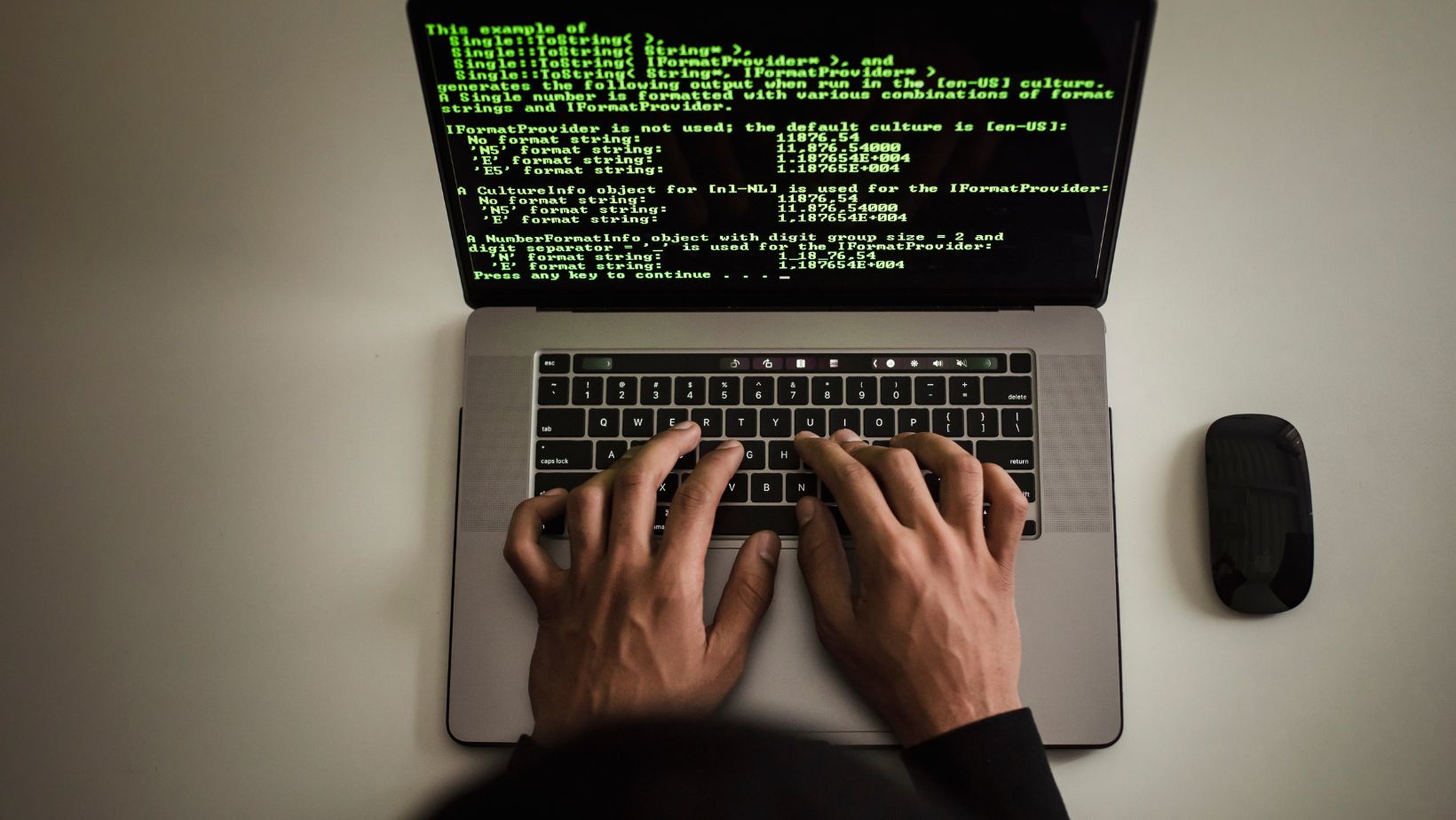“The Wheel” is a classic casino game that has captured the fascination of players around the world. The suspense of watching the ball bounce on the spinning wheel is a thrill that many seek to replicate.
This has led to computer physics simulations (SIMs) designed to model the wheel’s behavior and predict outcomes. These simulations use advanced mathematical models to mimic the game’s physical interactions, offering a digital approximation of the gaming experience.
Computer physics SIMs are sophisticated programs replicating physical systems using detailed mathematical formulas and algorithms. They are used in various fields to predict how different systems behave under various conditions. Continue reading to explore these challenges and explain why these simulations can’t fully emulate the real-life game.
Table of Contents
ToggleUnderstanding Computer Physics SIMs
Computer physics simulations operate on intricate mathematical formulas to model physical events. They use algorithms that calculate forces, velocities, and other physical properties to predict how objects interact within a defined space.
These simulations can provide astonishingly accurate results for many systems, including weather patterns, structural engineering projects, and astronomical events. Their precision makes them invaluable in scientific research and practical applications.
However, the accuracy of computer physics SIMs depends heavily on the quality of the data input and the assumptions made during the modeling process. Any inaccuracies in the data or oversimplifications in the model can lead to significant errors in the simulation results.
This inherent limitation becomes particularly problematic when trying to replicate systems that involve a high degree of randomness and complexity, like roulette or “the wheel.”
The Complexity of Roulette Physics
One of the game’s main attractions is its unpredictability. The game involves many physical interactions that are incredibly difficult to model accurately. When a dealer spins the wheel and drops the ball, numerous variables come into play, including the speed and angle of the spin, the texture and weight of the ball, and the design of the wheel.
Tiny imperfections on the wheel’s surface, air resistance, and even the atmospheric conditions within the casino influence the ball’s trajectory. These factors combine to create a level of randomness that is highly challenging to capture in a simulation.
The human element also introduces additional variability. Each dealer spins the wheel slightly differently; even the same dealer may not replicate the same spin twice. This variability further complicates efforts to model the wheel accurately using computer physics simulations.
While SIMs can approximate the physical interactions to some extent, they can’t fully replicate the nuanced variations that occur in real-life games.
Limitations in Data Precision
A computer physics simulation requires exact data to be effective. In the game context, this means accurate measurements of the wheel’s dimensions, the ball’s properties, and the forces involved in each spin.
Obtaining such detailed data is exceedingly difficult. Even the slightest deviation in measurements can lead to significant inaccuracies in the simulation results. Additionally, the real-time adjustments made by human dealers and the wear and tear on physical components over time introduce variables that are hard to quantify and incorporate into a digital model.
In practice, the level of precision needed to simulate the game accurately is beyond current technological capabilities. While simulations can approximate general behaviors, they fall short when replicating an actual game’s intricate and often unpredictable dynamics. This limitation is why computer physics SIMs cannot emulate the game with high fidelity.
Randomness and Chaos Theory
The little wheel is a prime example of a chaotic system, where minor changes in initial conditions can lead to vastly different outcomes. This concept, known as chaos theory, explains why predicting the exact result of a spin is nearly impossible. Even with sophisticated computer models, the inherent randomness and sensitivity to initial conditions make it extremely challenging to accurately forecast each spin’s outcome.
Chaos theory underscores the limitations of using deterministic models to emulate the game. While computer physics simulations are excellent at modeling systems with predictable behaviors, they struggle with systems dominated by randomness and chaos. In the game, the countless variables and their interactions create unpredictability that eludes even the most advanced simulations.
The Role of Human Interaction
The way the dealer spins the wheel, the way players place their bets, and the overall atmosphere of the casino all contribute to the game’s experience. This human element introduces unpredictability and variability that is difficult to capture in a computer simulation. The subtle nuances of human behavior and decision-making add layers of complexity that go beyond mere physics.
A computer cannot replicate the psychological aspects of the game, like player strategies and reactions to wins and losses. These human factors are integral to the real-life experience, making it unique and unpredictable. While a computer simulation can mimic the physical aspects of the game, it cannot recreate the human elements that make the game genuinely captivating.
Final Thoughts
Computer physics simulations are powerful tools for modeling physical systems; however, they fall short of emulating the game’s complex and unpredictable nature. The intricate physical interactions, the need for precise data, the principles of chaos theory, and the role of human interaction all contribute to the challenges faced by these simulations.
Instead of relying on SIMs, players can experience the real thrill through live casino games, where the unique blend of physics and human touch comes to life.







